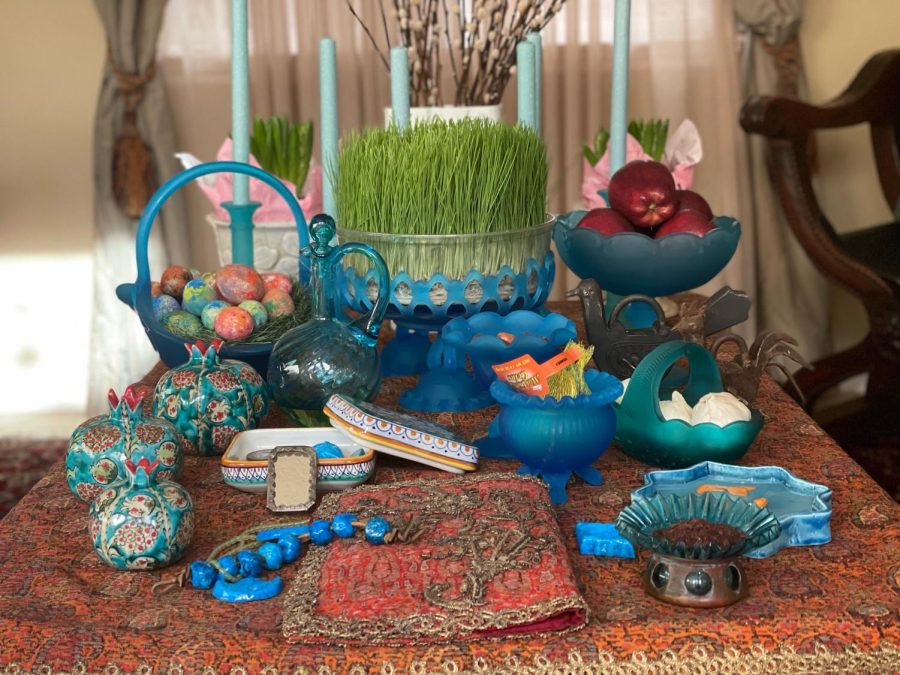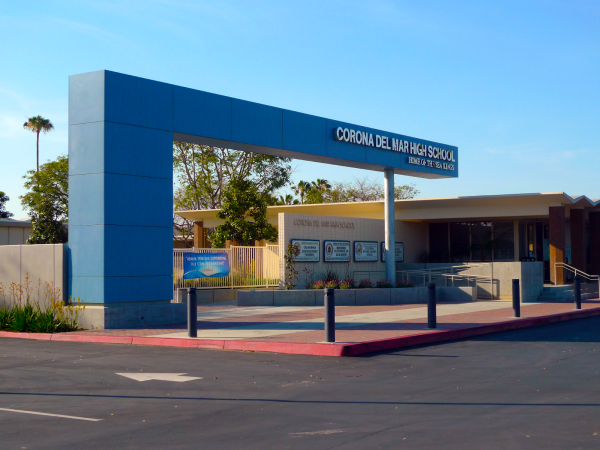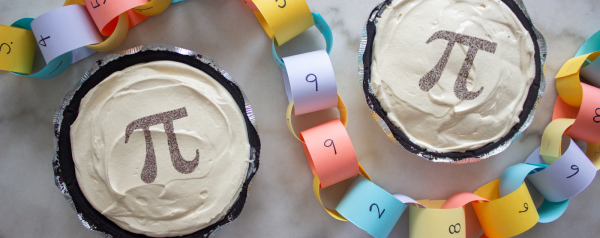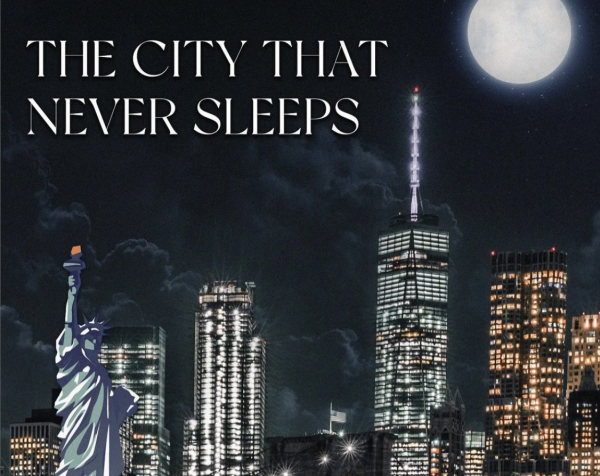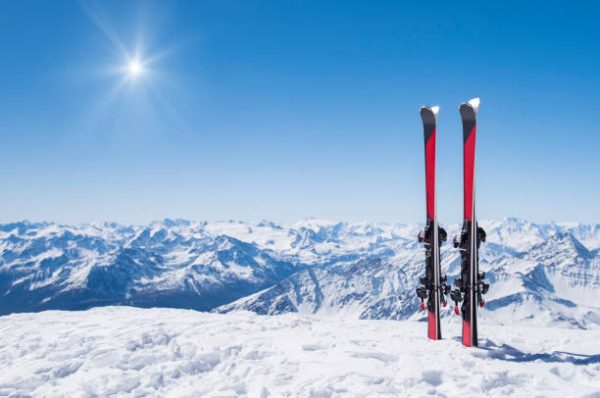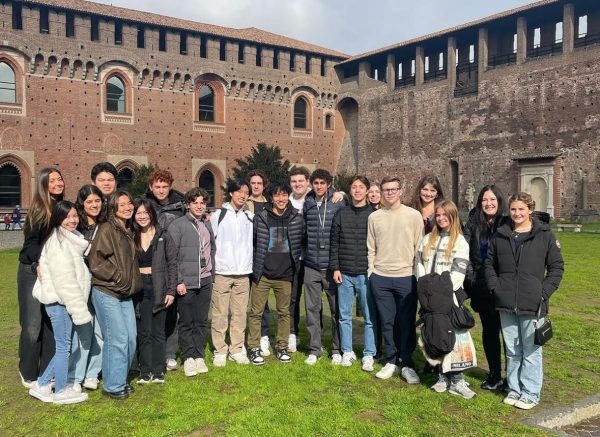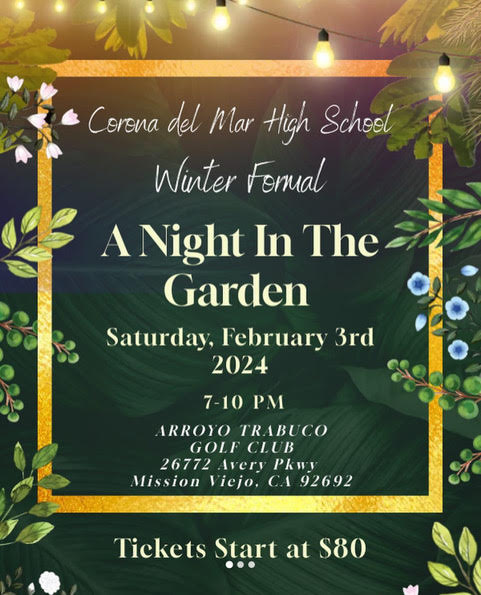Nowruz: Persian New Year
March 17, 2022
You might have noticed the Persian New Years’ banners adorning the streets in Los Angeles and Irvine wondering what exactly is Nowruz, and what is the big hullabaloo all about? Nowruz is the Persian New Year that begins on the spring equinox, marking the beginning of Farvardin, the first month of the Persian calendar. Nowruz, meaning a new day in Farsi, marks the beginning of spring in the Northern Hemisphere. This holiday tradition dating back 3000 years, is largely a secular holiday that is celebrated by peoples of different faiths and backgrounds.
The preparations for this holiday start early, with families cleaning out their houses, and ensuring everything is sparkling clean for the festivities. Traditionally, children and adults purchase Aidee clothes to start the new year with new clothes. But leading up to Nowruz are the Chaharshanbeh Suri celebrations. You might have noticed some Iranians jumping over the fire on this day, and thought how crazy these traditions are. This ancient ritual is celebrated on the eve of the last Wednesday before Nowruz to ward off evil spirits. Iranians gather and light tumbleweed, and in an open space jump over the fire whilst chanting sorkhiyeh toh az man, zardiyeh man az toh, meaning let your redness be mine, and my paleness yours. Families enjoy the traditional hearty soup of Aasheh reshteh, Aadjeel (trail mix), and chai.
Iranians celebrate Nowruz by setting the Sofreyeh Haftseen table. The items placed on the sofreh all begin with the Farsi alphabet of “S”. The seven items that are placed on the ornate cloth each have a significant meaning. The “sabzeh” (wheat sprouts) represents rebirth, “seeb” (apple) represents beauty, “seer” (garlic) represents good health, “serkeh” (vinegar) represents patience, “sonbol” (hyacinth) represents spring, “samanu” (wheat pudding) representing fertility, “sekeh” (coins) representing prosperity. Other symbolic items that are typically used to accompany Haftseen are candles, a mirror, painted eggs, goldfish, and traditional Nowruz pastries. CdM senior Mariam Hagh says she celebrates Nowruz by “putting together the Haftseen table” and her favorite part about the new year is “eating the sweets that we put out”. The new year’s festivities are not complete without savoring the delectable “shirinees”.
Just like other holidays where gifts are exchanged, Nowruz does not disappoint. Years ago in Iran, kids were given “aidee”, and it was always either money or actual gold coins. On the first day of Nowruz, traditionally families would visit their elders to wish them a happy new year, and kids were always given “aidee”. These celebrations last for 13 days, and on the 13th day, Iranians celebrate “Seezdeh Bedar”, and have a family picnic outdoors.
These traditions have survived many centuries and passed down to the next generation. Nowruz is a non-religious holiday enjoyed by many Iranians of different faiths. Wishing all Iranians a very happy New Year, “ Saaleh No Mobaarak”.


